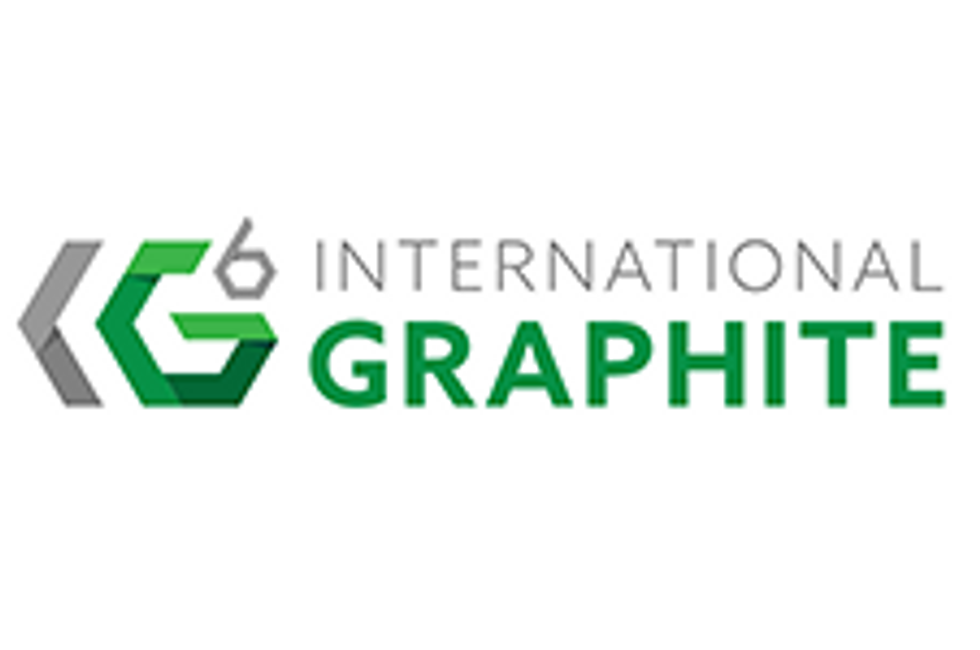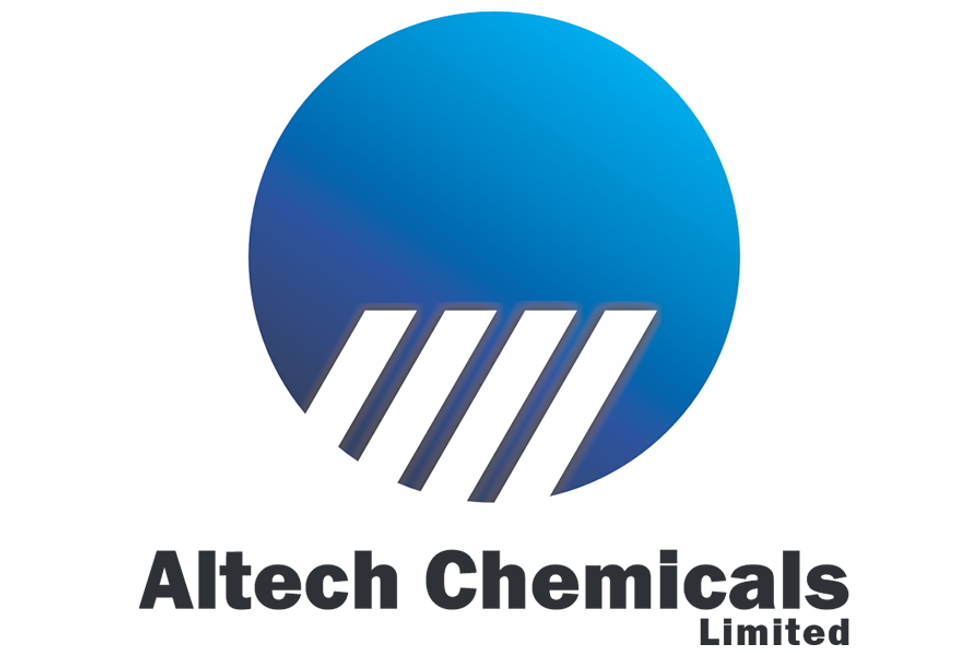ASX Graphite Stocks: 5 Biggest Companies of 2025
Want to learn about the largest Australian graphite companies? Explore the operations and projects of the top ASX graphite stocks by market cap.

Graphite isn’t just used for pencils — it's also a key lithium-ion battery component.
This means the graphite sector could experience tailwinds from rising demand for electric vehicles and energy storage systems in the coming years. Australian investors searching for ways to get exposure to the graphite industry can look to the ASX, which is home to a slew of companies focused on the graphite market.
When learning about an industry, it's often a good idea to start with key players. Here the Investing News Network has compiled a list of the largest graphite-focused companies on the ASX by market cap.
Data was collected using TradingView's stock screener on July 29, 2025.
Read on to learn about Australia's largest graphite companies.
1. Sovereign Metals (ASX:SVM)
Market cap: AU$472.27 million
Sovereign Metals is focused on advancing on its Kasiya rutile-graphite project in Malawi.
The company believes the graphite from its project has the potential to be used to supply spherical purified graphite for the lithium-ion battery anode market. Kasiya's graphite co-product ore reserve is 538 million tonnes at 1.66 percent graphite, for 8.9 million tonnes of contained graphite.
Major miner Rio Tinto (ASX:RIO,NYSE:RIO,LSE:RIO) has made a series of strategic investments in Sovereign Metals of more than AU$60 million, giving it a 19.99 percent stake in the company.
With this funding and Rio Tinto's technical expertise, Sovereign is advancing Kasiya toward a definitive feasibility study (DFS). In April, the company announced that extensive geotechnical investigations are underway at key infrastructure locations at the project, which will support layout and engineering design for the DFS slated for completion in Q4 2025. An updated mineral resource estimate is expected to be out this year.
2. Syrah Resources (ASX:SYR)
Market cap: AU$390.84 million
Syrah Resources is an industrial minerals and technology company with a vision of becoming a leading global supplier of graphite and battery anode products. The company's two main focuses right now are its flagship Balama graphite project in Mozambique and its Vidalia anode materials facility in Louisiana, US.
Syrah started production at the Vidalia facility early last year, making it the first integrated graphite processor outside of China. The plant has an annual production capacity of 11,250 tonnes of active anode material, and Syrah stated in its March 2025 quarterly report it is considering expanding Vidalia’s production capacity to 45,000 tonnes per year. The final investment decision is dependent on sales of the product and customer and financing commitments.
Syrah’s Balama operation has a projected lifespan of over 50 years, and its combined mining and processing operations allow for the production of 94 to 98 percent pure carbon graphite concentrate. The company reached a milestone in April 2024 with the sale of 10,000 tonnes of natural graphite fines from Balama to Indonesia BTR New Energy Materials.
Syrah inked a binding offtake agreement with electric vehicle maker Lucid Group (NASDAQ:LCID) in February 2025 for the supply of natural graphite active anode material from Vidalia totalling approximately 7,000 tonnes in aggregate over a three-year term kicking off at the start of 2026.
The company also has binding offtake agreements with South Korea's Posco Future M (KRX:003670), Tesla (NASDAQ:TSLA), Westwater Resources (NYSEAMERICAN:WWR) and Graphex Technologies, a wholly owned subsidiary of Graphex Group (NYSEAMERICAN:GRFX,HKEX:6128).
3. Talga Group (ASX:TLG)
Market cap: AU$211.56 million
Talga Group is a vertically integrated battery anode and materials company, meaning it mines its own graphite and also produces anodes. It has operations in Sweden, Japan, Australia, Germany and the UK.
As of June 2025, all the necessary permits are now in place for its wholly owned Nunasvaara South mine at its Vittangi anode project in Sweden, which will feed its fully permitted Luleå anode refinery. Once the refinery is in operation, it is expected to produce 19,500 tonnes of Li-ion battery anode annually.
The mine and refinery together have been designated as a strategic project under the European Commission’s Critical Raw Materials Act and the Net-Zero Industry Act.
The month prior, Talga secured a binding offtake agreement with battery charging technology company Nyobolt that includes a multi-year supply of Talga's Talnode-C graphite anode from the Vittangi anode project.
4. Renascor Resources (ASX:RNU)
Market cap: AU$178.02 million
Renascor Resources has honed its efforts on helping to power the future with clean energy resources.
While the company has five projects, most of its activities are focused on its two fully owned projects in South Australia: the Siviour battery anode materials project and the Carnding gold project.
Siviour is planned as a vertically integrated battery anode material graphite mine and manufacturing operation with Stage 1 production of 50,000 tonnes per year of battery-grade purified spherical graphite (PSG).
Last year, the Australian government approved a AU$185 million loan facility to help advance the upstream graphite concentrate operation at Siviour. The company also received a AU$5 million grant under the government’s International Partnerships in Critical Minerals Program to help fund a AU$10 million PSG demonstration processing plant.
Both of these initiatives have helped to fast track Siviour. After gaining government approval in June of this year, Renascor says it’s on track for planned commissioning of the demonstration plant in Q4 2025.
In late July, the company reported the successful completion of bulk sample production of graphite concentrate using Siviour graphite ore. The concentrate, produced at a graphite facility in China using Renascor's flowsheet, will be used as feedstock for the PSG demonstration plant.
With an average grade of 96.8 percent carbon and graphite recovery of 96.5 percent, the concentrate exceeded the parameters set out in the Siviour DFS of 95 percent carbon and 95.5 percent recovery.
5. Quantum Graphite (ASX:QGL)
Market cap: AU$170.77 million
Quantum Graphite is advancing the Uley 2 flake graphite project, which includes the past-producing Uley mine and the Mikkira deposit. The company bills it as “one of the largest high-grade natural flake deposits in the world.”
The South Australia-based project is fully permitted and development ready, with a binding offtake agreement with a major European trading group for 50 percent of its production for a minimum of five years.
Through its Sunlands Power joint venture with Sunlands Energy, Quantum Graphite plans to manufacture coarse-natural-flake-based thermal storage media sourced from the Uley mine to be fitted within Sunland Energy’s patented TES Graphite Cells technology for grid-connected, long-duration energy storage.
In early March, the Australian government granted major project status to the Uley 2 flake graphite property together with Sunland's associated facilities.
FAQs for investing in graphite
What is graphite?
Graphite is a naturally occurring form of the mineral carbon and is composed of many layers of graphene. The other naturally occurring form of carbon is diamonds, although the two minerals look entirely different due to their molecular structure. Graphite is fragile, but it has a very high heat resistance.
Graphite comes in three forms: amorphous, flake and vein, with flake being the most used. There is also synthetic graphite.
What is graphite used for?
The first thing that may come to mind when thinking of graphite applications is pencil lead. In fact, it is that industry that gave graphite its name — its moniker is derived from the Ancient Greek "graphein," which means to write. However, pencils make up a small percentage of overall graphite consumption.
A popular up-and-coming graphite use is as a component of lithium-ion batteries, which are used in everything from smart phones to EVs. It is a primary material in battery anodes — in fact, in the average electric passenger car, there are about 66 kilograms of graphite.
Other graphite uses include lubricants and consumer electronics; the commodity is also used as a refractory material in the manufacturing industry and in the creation of graphene sheets.
Is graphite found in Australia?
Even though there are no large-scale producing graphite mines in Australia (yet), the country sits on 5 million tonnes of ore reserves, and 7.97 million tonnes of economic demonstrated resources, as per government data published in 2022. These reserves and resources are shared between three states: Queensland, South Australia and Western Australia.
Article by Melissa Pistilli; FAQs by Lauren Kelly.
Don't forget to follow us @INN_Australia for real-time news updates!
Securities Disclosure: I, Melissa Pistilli, hold no direct investment interest in any company mentioned in this article.
Securities Disclosure: I, Lauren Kelly, hold no direct investment interest in any company mentioned in this article.
- Graphite Market Forecast: Top Trends for Graphite in 2025 ›
- Graphite Mining in the US ›
- Top 3 Canadian Graphite Stocks ›
- Top 10 Graphite-producing Countries ›
- How to Invest in Graphite ›







